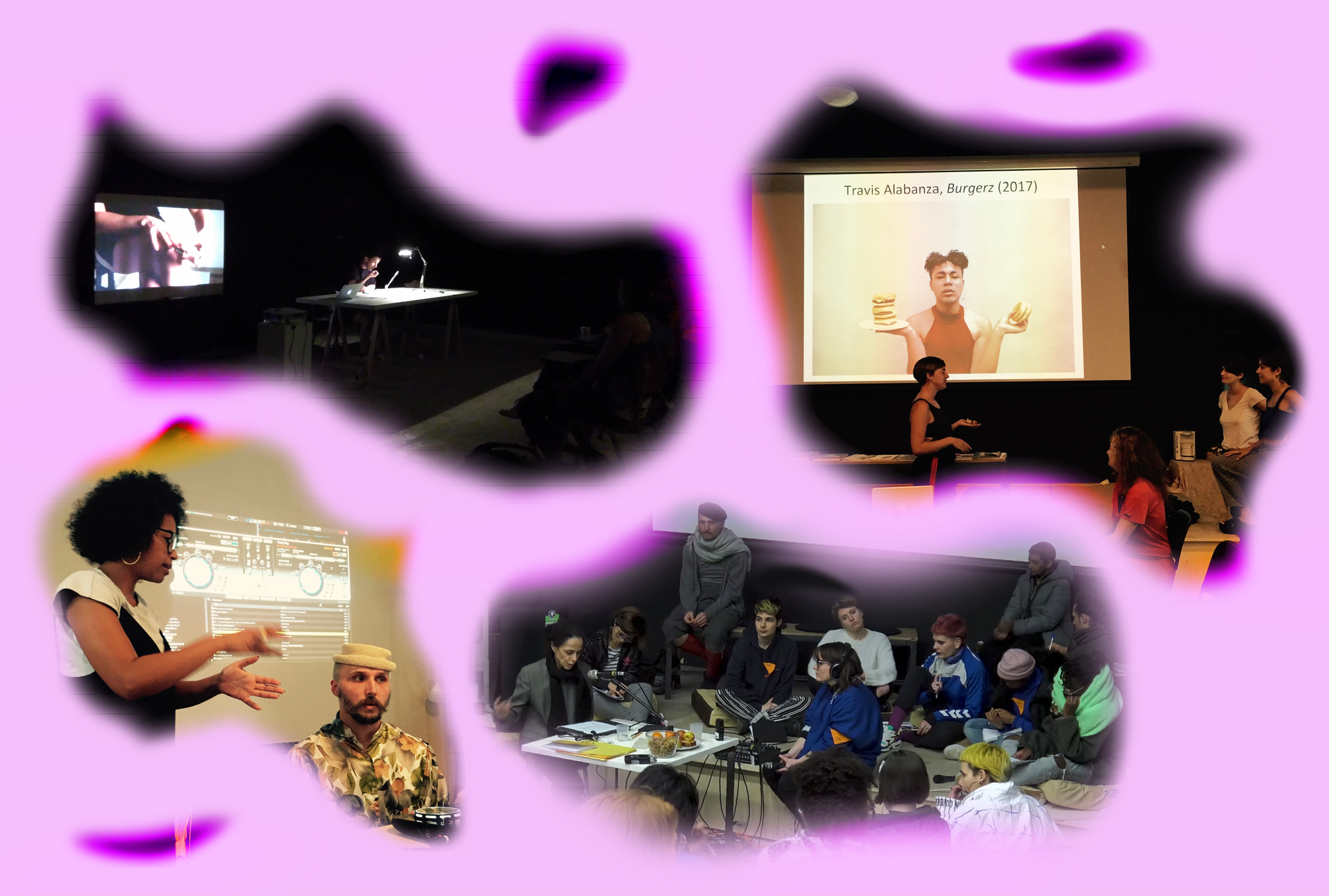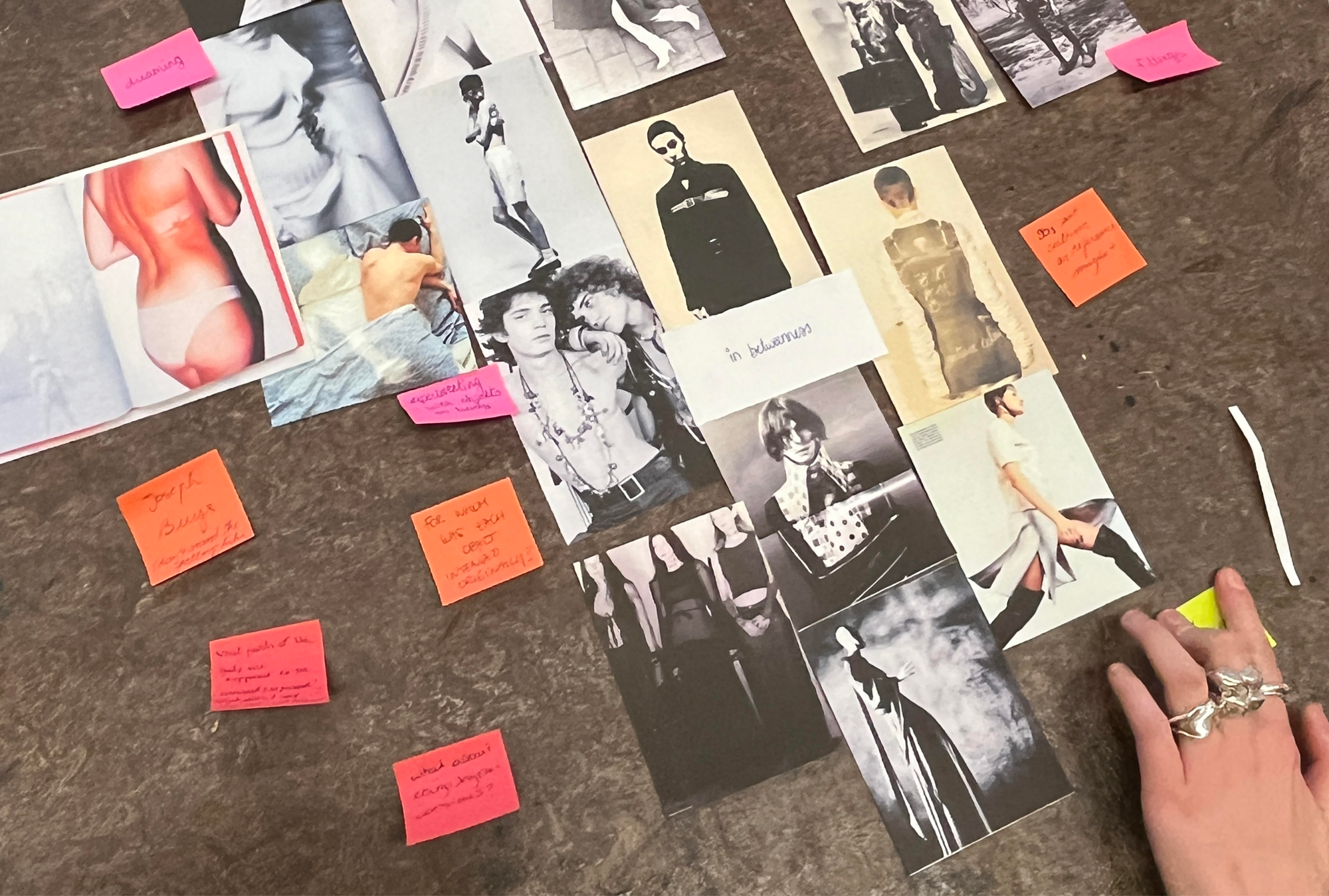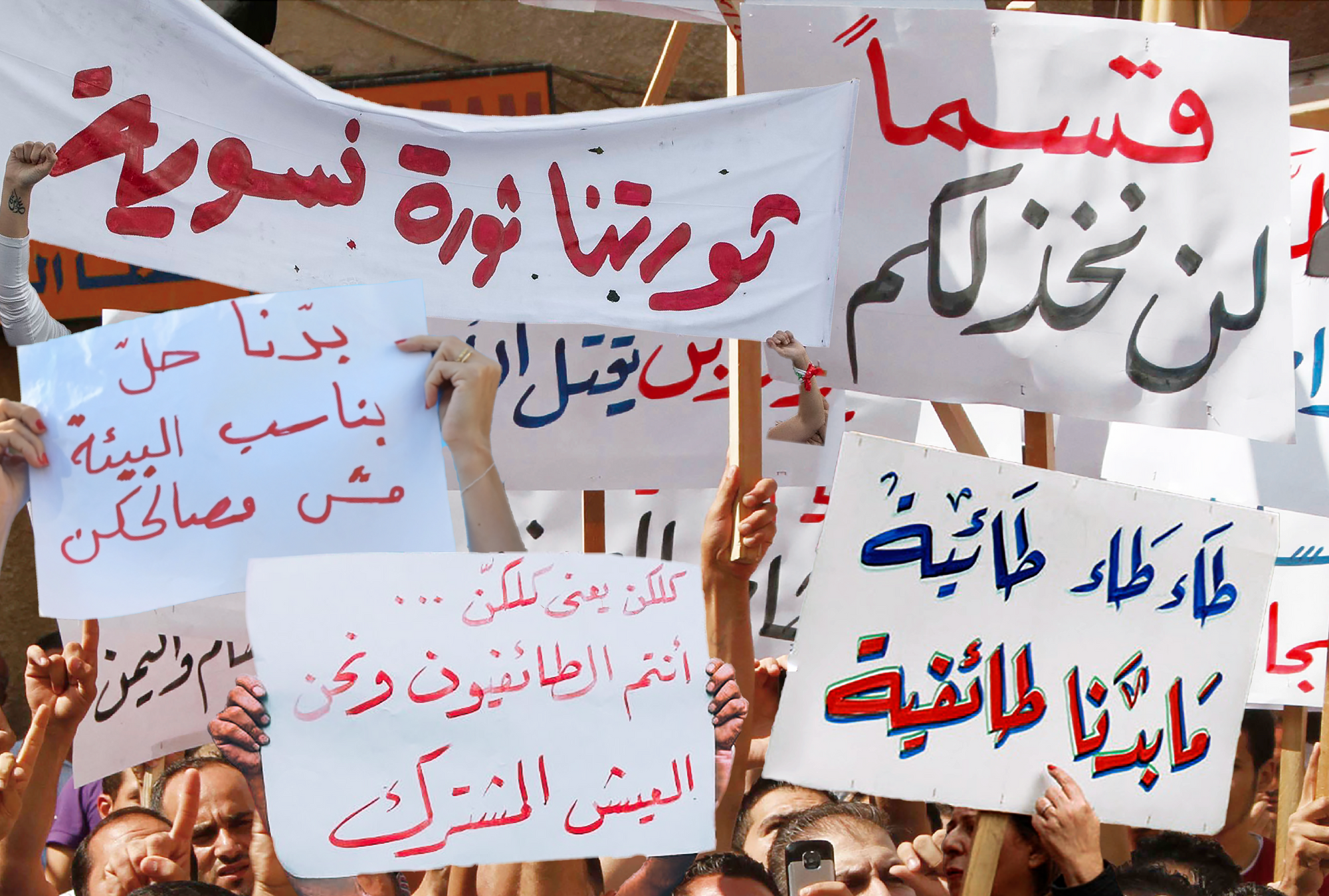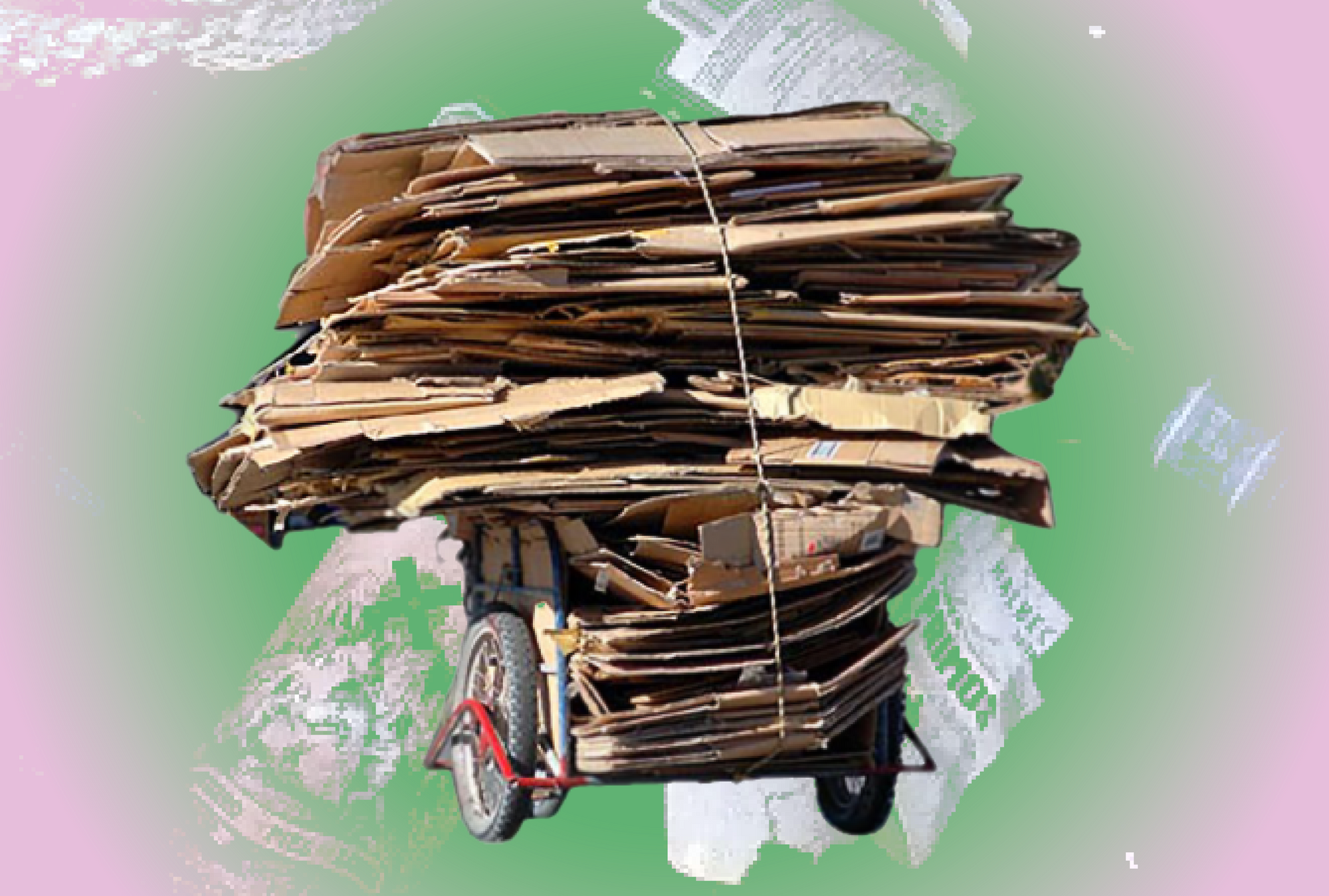
In Remedios de Escalada, the days were pretty much the same. This small town, which sits in the southern part of the conurbation of Buenos Aires, Argentina, is where I lived when I was a teenager. During the holidays, every morning, I’d sleep in late, grab some breakfast, and lazily tune in to whatever was on the TV in the dining room. Most of the time, it was the news—to which I paid little attention. But one fateful December morning in 2001, everything changed. All the TV channels swiftly became monothematic: footage of rampant store lootings all across the country, playing on repeat.
The crisis emerged as a consequence of a 25-year transition towards neoliberalism that commenced under the 1976 dictatorship, with financial and political backing from the International Monetary Fund. This ultimately led to the largest debt default in any country’s history. Following the military dictatorship’s downfall, the first civilian government of Raul Alfonsin (1983-1989) had the responsibility of shouldering the entirety of the public and private foreign debt, which resulted in hyperinflation. Subsequently, in the 1990s, Argentina entered a phase of economic reform characterized by the adoption of neoliberal policies. The introduction of the “Convertibility Plan” during President Carlos Menem’s administration aimed to stabilize the economy by fixing the Argentine peso to the U.S. dollar at a one-to-one exchange rate. This plan encompassed the privatization of state-owned enterprises, the deregulation of markets, and a reduction in government spending. Additionally, fiscal austerity measures were implemented to cut public expenses and address the budget deficit. However, these broad neoliberalization efforts had significant repercussions for the country, leading to the profound financial and social crisis of 2001.
“The looting marked the beginning of an upheaval that lasted several days and culminated with President Fernando de la Rúa stepping down.”
I had never heard the word “looting” before, and the images on television displayed a level of violence I didn’t know could even be shown on screen. But what really troubled me was the anguish on my mother’s face as she watched, muttering over and over again that “las cosas estaban a punto de explotar en cualquier momento” (things were bound to explode any minute)—and they soon did. Affected by the crisis, people stormed the groceries for basic goods to survive. The saddest part was that many of the vandalized shops were owned by working-class folks who had little more than those vandalizing their shops. Even now, my mother says it was “los pobres contras los pobres” (the poor fighting the poor). In retrospect, I believe that phrase accurately captured the essence of that time.
The looting marked the beginning of an upheaval that lasted several days and culminated with President Fernando de la Rúa stepping down. In his wake, there was an enormous institutional crisis, as no one wanted to take responsibility for the economic disaster. We went through five presidents in just eleven days, while the TV kept replaying these heart-wrenching stories of children rummaging through McDonald’s trash for food. The future? Well, it seemed like a big question mark—and not a promising one. As a teenager back then, I was living in a bubble my parents had created, shielded from the harsh reality of how the whole country was spiraling into poverty—including our own family.
“Factories that had been abandoned or were on the verge of going bankrupt suddenly became places of self-organized labor.”
The subsequent months were filled with uncertainty and desolation. Everything felt like it was in ruins: the economy, society, culture. As the country grappled with acute economic austerity, the urban landscape underwent a profound transformation with the emergence of new social actors that soon started creating alternative means of livelihood as a response to marginalization. Factories that had been abandoned or were on the verge of going bankrupt suddenly became places of self-organized labor. The workers took charge and started managing these places themselves in order to keep them afloat. We called them fabricas recuperadas (recovered factories), to emphasize the role of the working class in taking over the means of production. As the poverty drastically increased, families all around Buenos Aires, left with nowhere to go, started occupying empty buildings and lands just to have a roof over their heads.
It became commonplace to witness people pushing makeshift carts around, scouring the streets for anything they could salvage to sell—plastic, paper, metals, and other discarded materials. The number of cartoneros (cardboard pickers) in the cities increased so substantially that they formed work cooperatives and social movements. Through these measures, they eventually managed to improve their working conditions and get recognized as formal, legitimate workers within the public waste collection service. They went from being called cartoneros to “urban recyclers.” Over time, these cooperatives even began to process the collected waste into raw materials and manufacture their own products.
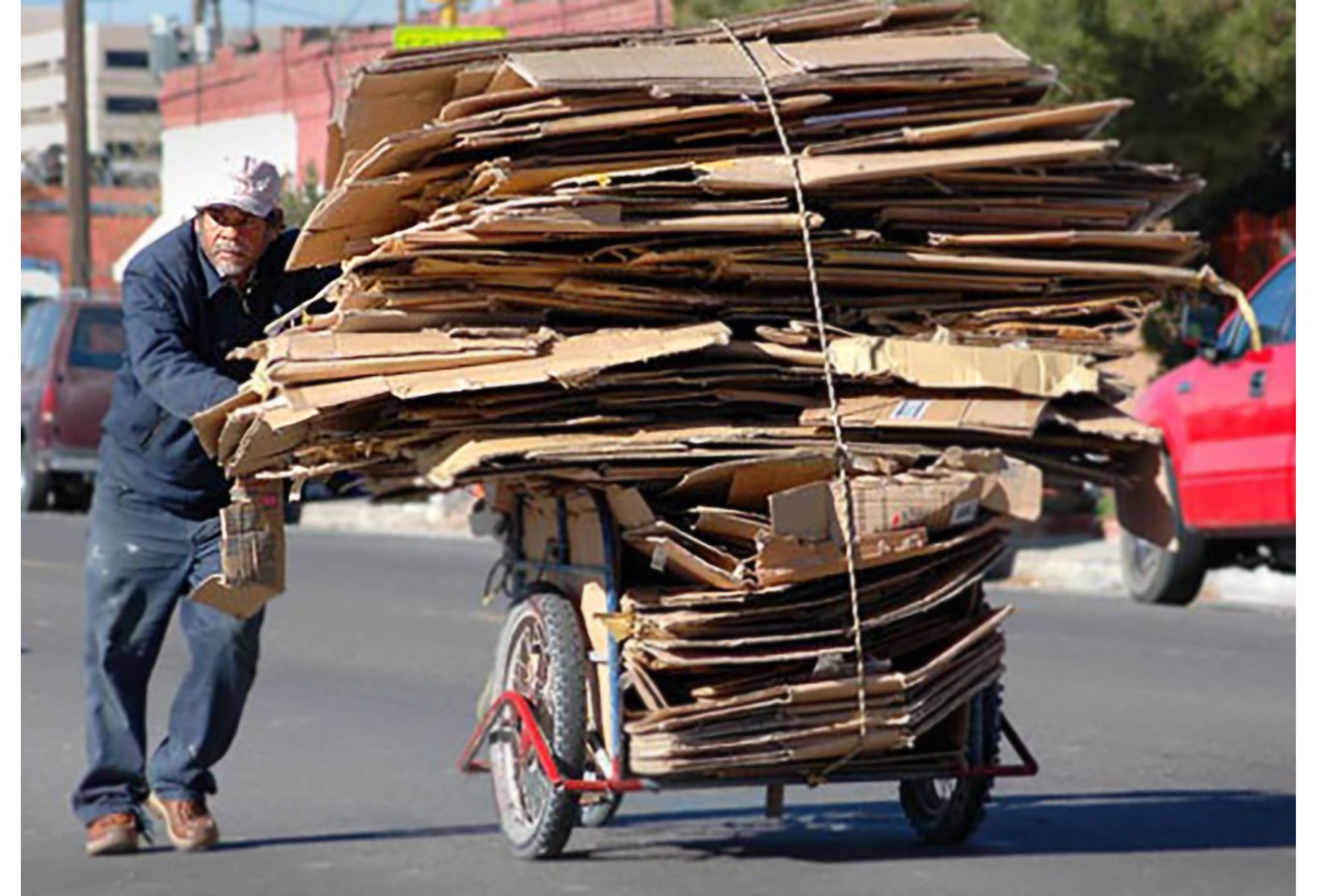
The emergence of this new urban ecosystem had a profound impact on the world of Argentine design. Previously, the focus had predominantly been on meeting the demands of the middle and upper classes. However, in response to the crisis, numerous groups of designers surfaced, creating products that effectively conveyed critical narratives about the country’s new reality. Design began to assume a dual role, serving as both a creative discipline for material world creation, and as a transformative force to promote socially and environmentally conscious production methods. This changed view of design encompassed a broader scope, aiming to bring about social change and innovation beyond mere aesthetics.
Amidst this transformation, one noteworthy organization that arose was Creando Conciencia. Self-described as a cooperative, their mission is to achieve qualitative growth by enhancing the quality of life for their members and professionalizing the work of urban recyclers. The cooperative’s primary objective is to convert a wide variety of materials—at least 25 different types—into raw materials through a meticulous process of classification, processing, and stockpiling. A crucial element of this process is the use of a conveyor belt with workers on both sides actively separating recyclable waste. It is remarkable to witness how these workers have redefined the traditional image of the conveyor belt, which has historically been associated with capitalist alienation. Within Creando Conciencia, these workers are not merely laboring hands in the capitalist chain of production and wealth accumulation. Instead, they have become active participants and leading protagonists, driving continuous improvements within the cooperative.
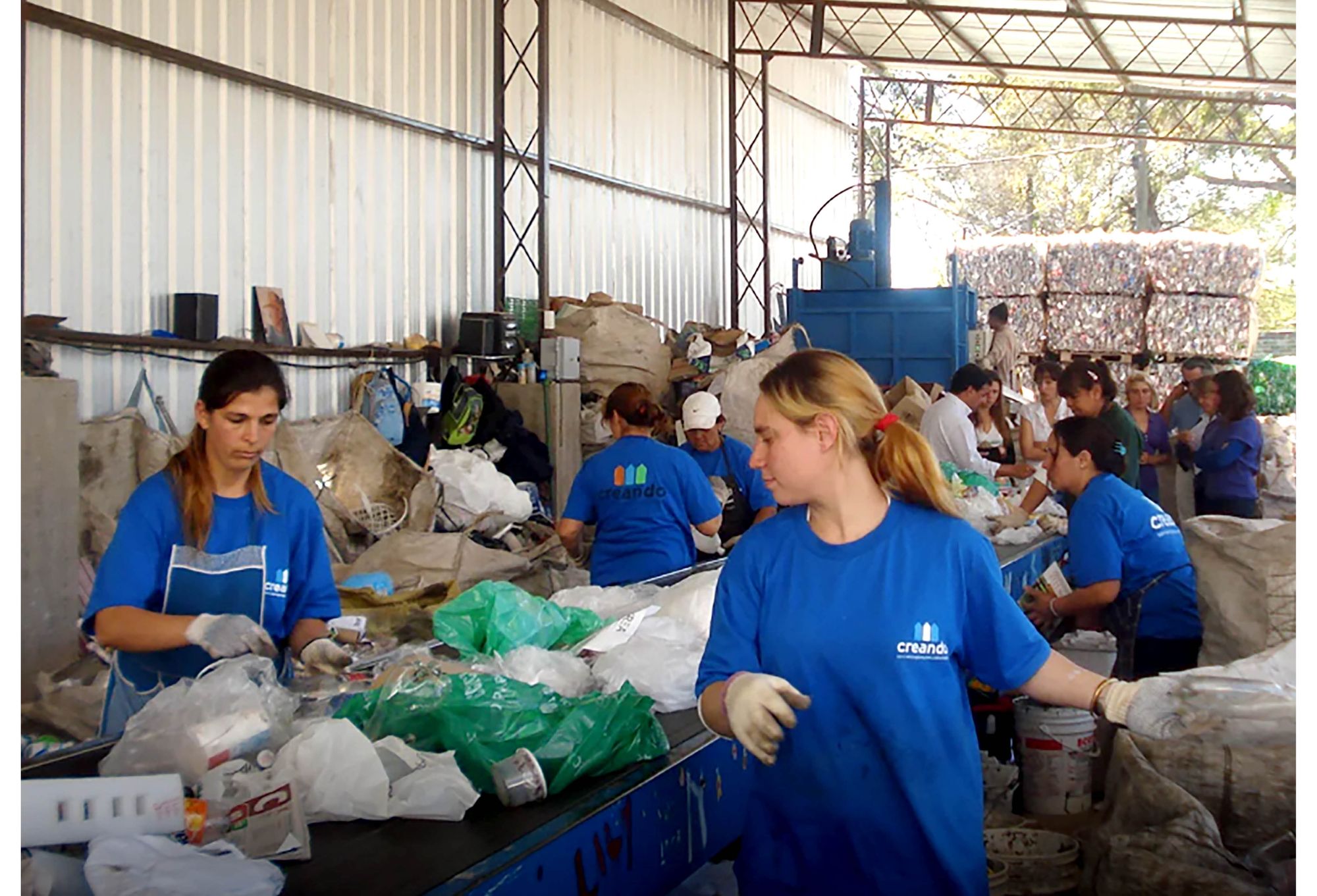
During the processing, the waste is transformed into raw materials. Among the materials, glass presents particular challenges as it requires crushing before it can be melted. While there are machines capable of performing this task, they are typically designed for much larger production volumes, making them unsuitable for waste recovery cooperatives. Therefore, in many places around Argentina, this labor is being performed manually by bare hands and feet of the workers—extremely dangerous and precarious work.
In their commitment to improving the quality of the cooperative members’ lives and promoting sustainable growth, Creando Conciencia designed and developed a glass-crushing machine specifically tailored to their organization’s scale and unique needs. This innovation had a profound impact on the worker’s daily routine and health. No longer having to physically exert themselves to crush glass manually, their workload lightened with this machine that does the task for them. This simple yet innovative design not only streamlines the operations of the waste station, but also enhances the well-being of the workers—thus aligning environmental and social sustainability.
At the moment, Argentina finds itself yet again immersed in an economic and political crisis. This evokes haunting memories of the tumultuous year of 2001—especially since the assumption of the neoliberal government of Javier Milei in December 2023. Milei plans to carry out structural reforms with the ultimate goal to consolidate an individualistic society with a ridiculously oversized love for private property. The social model that the libertarian president defends is completely opposed to the experience that I am proud to recount in this text—an experience based on solidarity, organization, and collective work. It is time to take advantage of that experience and organization to defend the rights we have won, and to prevent irreversible decisions from being taken that will deteriorate the lives of the cartoneros, the designers, and all Argentine workers.
Florencia Fontenla (she/her) is a designer, researcher, and educator based in Buenos Aires, Argentina. She has a degree in Industrial Design from the University of Buenos Aires and is doing a Master's degree in Educational Politics at Di Tella University, Argentina. Florencia is currently the executive coordinator of the Degree in Design at the San Andrés University in Buenos Aires and teaches design history at the University of Buenos Aires and the National University of Moreno. Florencia has co-founded the educational project Mulla, which seeks to educate Argentine children about native culture through the intersection between technology and craftsmanship. This project was developed through the Argentine Ministry of Culture. As a researcher, she explores the relationship between design practice, education, and political systems, especially outside capitalism.
This text was produced during Resistance Stories of Design—a workshop organized by Onomatopee and Futuress as part of the HistoricALL! project. It text was first published in the riso-printed homonym zine HistoricALL! A collective rewriting of design history with an introduction by Maxime Benvenuto as well as contributions by curator Cecilia Casabona, all workshop participants and the workshop leaders, Alvin Arthur, Mayar El Barky, Annika Frye, Kilian Frieling, Noam Youngrak Son, Maya Ober, Margarita Osipian, and Leanne Wijnsma. This version of the text has been slightly edited.


